Every night, as darkness settles across the world, millions of eight-legged creatures emerge from hidden corners, cracks, and crevices. They spin their intricate webs, hunt their prey, and live their complex lives right under our noses. Yet for creatures that share our homes and gardens so intimately, spiders remain shrouded in more myths and misconceptions than perhaps any other animal on Earth. These fascinating arachnids have been the subject of fear, folklore, and downright fabrication for centuries, creating a web of lies that’s surprisingly difficult to untangle.
All Spiders Are Deadly Venomous
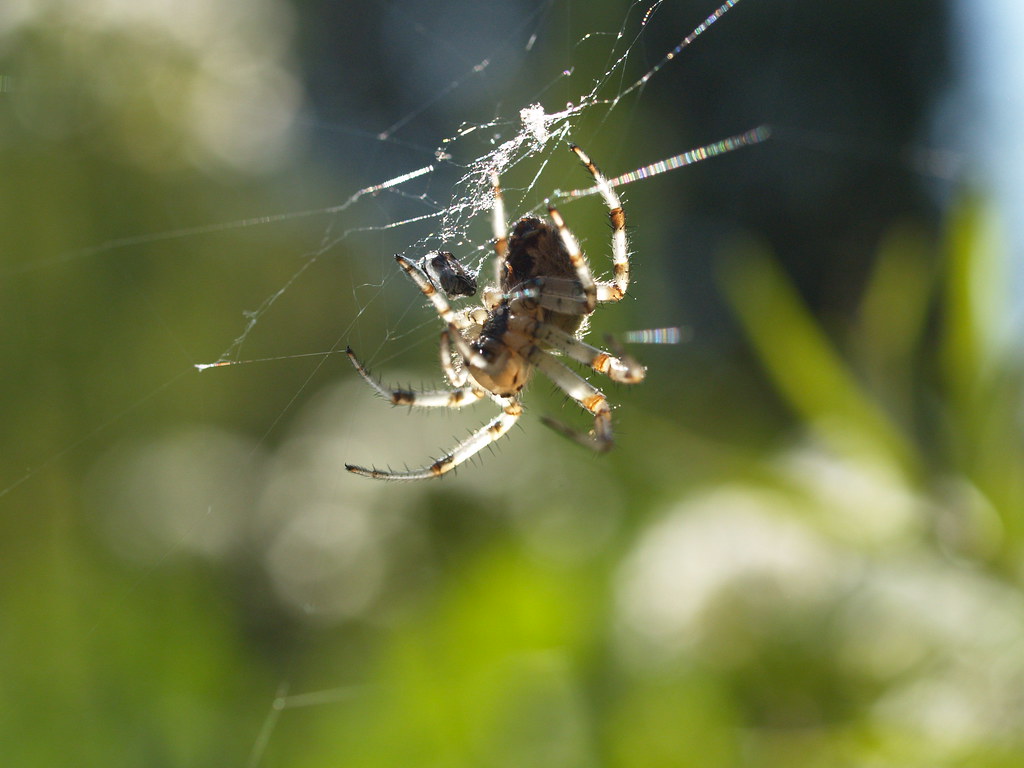
The notion that every spider carries a lethal dose of venom is perhaps the most persistent myth plaguing these creatures. While it’s true that nearly all spiders possess venom glands, the vast majority pose absolutely no threat to humans whatsoever.
Out of approximately 50,000 known spider species worldwide, fewer than 30 have venom potent enough to cause serious harm to humans. That’s less than 0.1% of all spider species. Most spider venoms are specifically designed to subdue tiny insects and arthropods, not massive mammals like us.
Think of it this way: a spider’s venom is like a precision tool designed for catching flies, not felling elephants. The common house spider’s bite feels more like a mosquito bite than anything resembling danger. Even if you were bitten by most spiders, you’d likely experience nothing more than minor irritation, if anything at all.
Spiders Actively Hunt Humans

The idea that spiders lurk in dark corners plotting their attack on unsuspecting humans is pure Hollywood fiction. Spiders have absolutely no interest in humans as prey, predators, or even as obstacles to avoid.
From a spider’s perspective, humans are nothing more than massive, unpredictable environmental hazards. We’re far too large to be considered food, and we move in ways that are completely alien to their sensory world. Most spiders spend their entire lives trying to avoid contact with humans, not seeking it out.
When spiders do bite humans, it’s almost always in self-defense when they feel trapped or threatened. A spider caught between your skin and clothing, or accidentally grabbed while gardening, might bite out of sheer panic. It’s the arachnid equivalent of a cornered mouse squeaking and scratching – pure desperation, not aggression.
You Swallow Eight Spiders Per Year While Sleeping
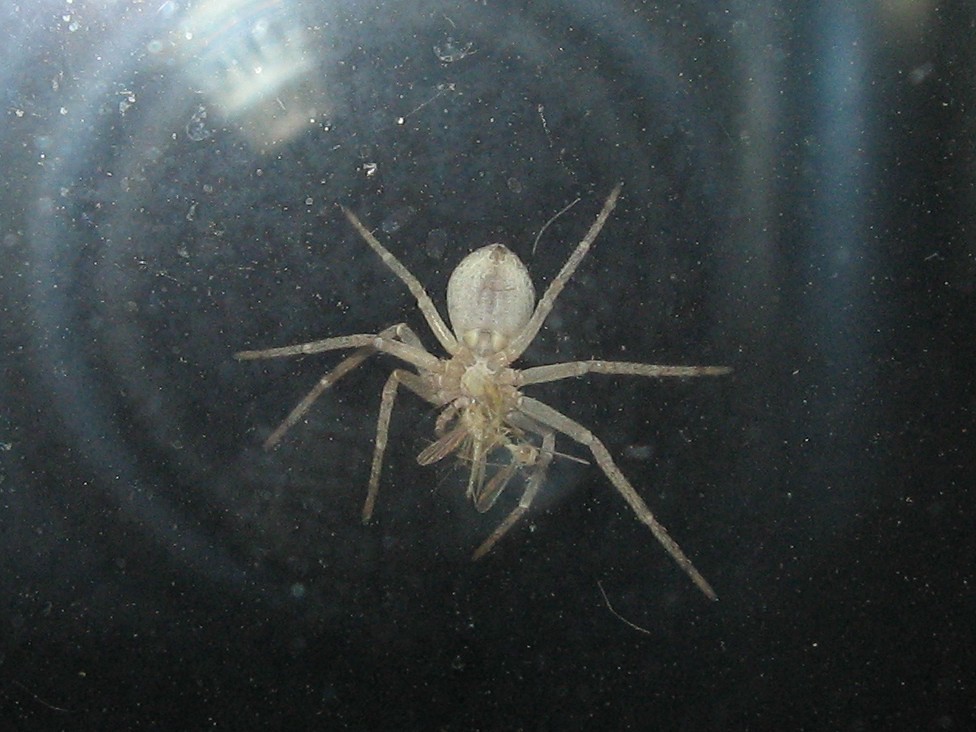
This bizarre statistic has crawled its way through the internet for decades, causing countless people to sleep with their mouths clamped shut. The truth is, this “fact” is completely fabricated and has no basis in scientific reality.
Spiders actively avoid the warm, humid, vibration-filled environment of a sleeping human’s mouth. The constant airflow, moisture, and subtle movements we make even while asleep create conditions that spiders find extremely unappealing. They’re much more likely to seek out quiet, undisturbed corners where they can hunt or hide effectively.
This myth appears to have originated in the 1990s as an example of how easily false information spreads online. Ironically, it became so widespread that it actually proved its own point about the dangers of believing everything you read on the internet.
Daddy Long-Legs Are the Most Venomous Spiders
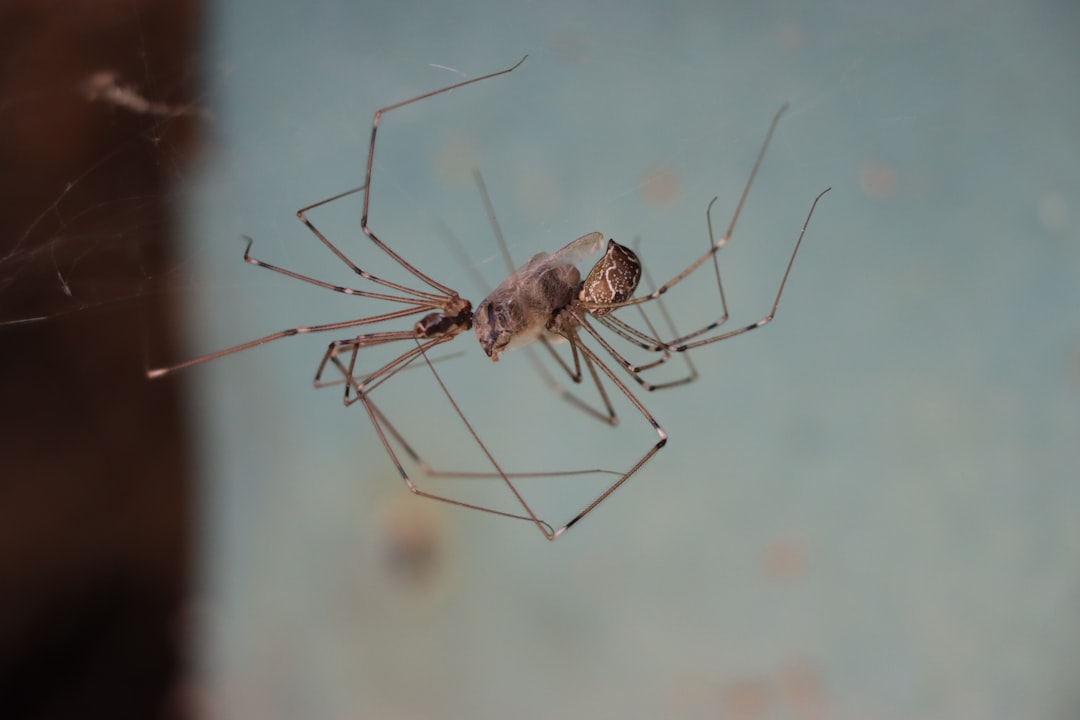
The myth surrounding daddy long-legs represents one of the most confusing cases of mistaken identity in the animal kingdom. First and most importantly, what most people call “daddy long-legs” aren’t even spiders at all – they’re harvestmen, which belong to a completely different group of arachnids.
True daddy long-legs (harvestmen) don’t possess venom glands or fangs capable of biting humans. They’re completely harmless creatures that feed on decomposing organic matter, small insects, and plant material. Their legs are designed for walking and sensing their environment, not for delivering deadly toxins.
Even the spiders that are sometimes called daddy long-legs, such as cellar spiders, have venom that’s no more potent than most other house spiders. The entire premise of this myth crumbles under the slightest scientific scrutiny, yet it continues to persist in popular culture.
Tarantulas Are Aggressive and Dangerous

Hollywood has painted tarantulas as monstrous, aggressive beasts that leap at humans with fangs bared. In reality, these large, hairy spiders are among the most docile and predictable arachnids you could encounter.
Most tarantula species are remarkably calm creatures that prefer to retreat rather than fight when confronted. They move slowly and deliberately, spending much of their time motionless in their burrows or hiding spots. When threatened, a tarantula’s first response is typically to rear back and show its fangs as a warning, not to attack.
Their bite, while certainly more noticeable than a house spider’s due to their size, is generally no more dangerous than a bee sting for most people. Many tarantula enthusiasts handle their pets regularly without incident, though this isn’t recommended for wild specimens or beginners.
All Spiders Spin Webs
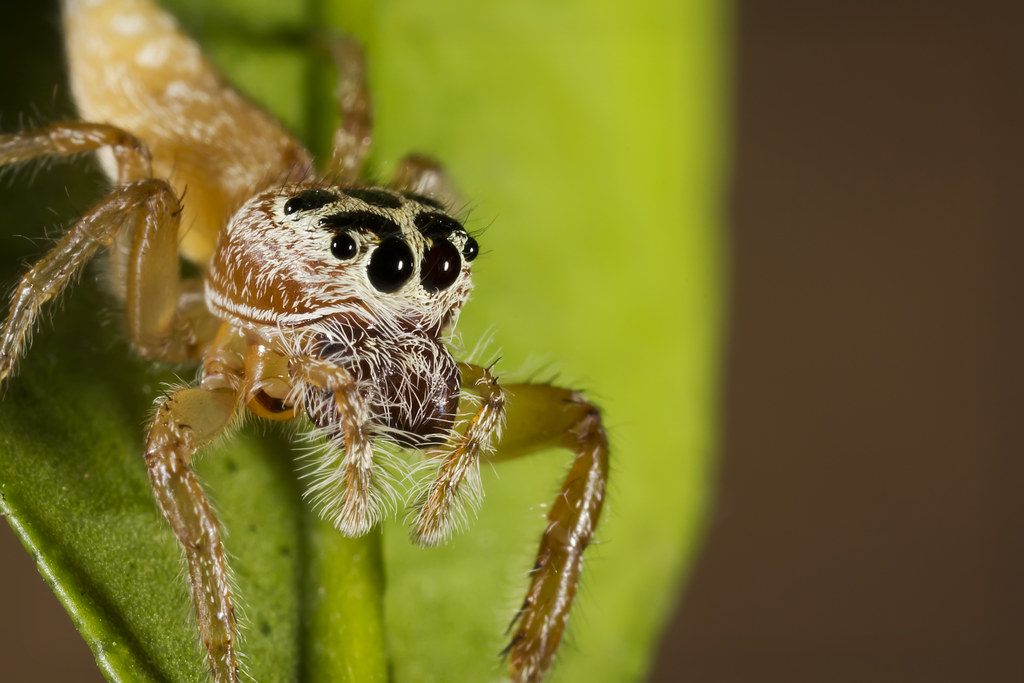
The image of a spider sitting patiently in the center of an intricate web is so iconic that many people assume all spiders are master weavers. This couldn’t be further from the truth – in fact, many spiders never build webs at all.
Hunting spiders like wolf spiders, jumping spiders, and crab spiders rely on speed, stealth, and ambush tactics rather than traps. These active predators stalk their prey across surfaces, leap onto victims, or wait motionlessly for insects to come within striking distance. They might use silk for other purposes like creating egg sacs or safety lines, but they don’t construct elaborate webs.
Even among web-building spiders, there’s incredible diversity in construction techniques and web designs. Some create funnel webs, others build irregular cobwebs, and some construct temporary webs that they tear down and rebuild nightly. The classic orb web that most people picture represents just one of many different architectural approaches.
Spiders Can’t Survive in Clean Homes
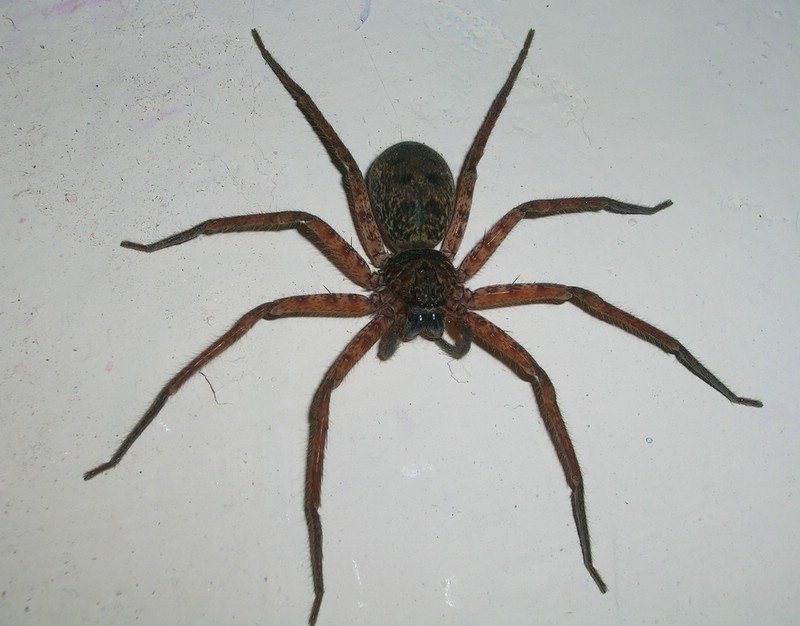
Many people believe that maintaining a spotless, well-organized home will automatically keep spiders at bay. While cleanliness certainly reduces the number of insects that spiders prey upon, it won’t eliminate spiders entirely.
Spiders are incredibly adaptable creatures that can find food sources even in the cleanest environments. They might feed on tiny insects that enter through windows, microscopic arthropods that live in house plants, or even other spiders. Some species can survive for months without food, making them particularly resilient to cleaning efforts.
Additionally, spiders often enter homes not in search of food, but seeking shelter, mates, or suitable locations for laying eggs. A perfectly clean bathroom can still harbor spiders if it provides the humidity and hiding spots they need for survival.
Baby Spiders Will Swarm If You Kill the Mother
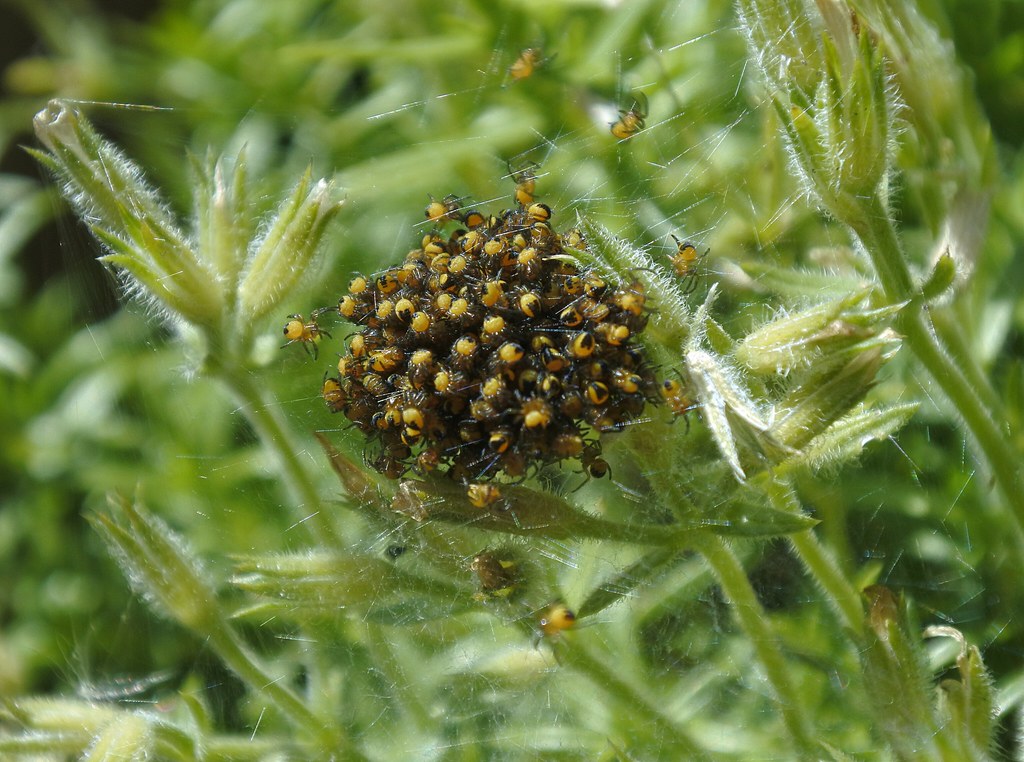
The horrifying image of hundreds of tiny spiders erupting from their mother’s body after she’s killed has traumatized countless people. While there is a grain of truth to this scenario, it’s far more limited and less dramatic than popular culture suggests.
Only certain spider species, particularly wolf spiders, carry their young on their backs after hatching. If you happen to kill a female wolf spider carrying her babies, the spiderlings might indeed scatter. However, these tiny creatures are extremely vulnerable and unlikely to survive without their mother’s protection and guidance.
Most spider species don’t exhibit this behavior at all. The vast majority of female spiders either abandon their eggs after laying them or die before their offspring hatch. The dramatic “spider explosion” scenario is really limited to a few specific species under very particular circumstances.
Spiders Are Insects

This fundamental misunderstanding about spider classification leads to confusion about their behavior, biology, and role in ecosystems. Spiders are not insects – they’re arachnids, which means they belong to a completely different group of arthropods.
The differences are immediately visible once you know what to look for. Insects have six legs, three body segments, and often wings or antennae. Spiders have eight legs, two main body parts (the cephalothorax and abdomen), and no wings or antennae. These aren’t minor variations – they represent millions of years of evolutionary divergence.
Understanding this distinction helps explain why spider behavior often seems so different from what we expect based on our knowledge of insects. Spiders hunt, reproduce, and navigate their world using completely different strategies and sensory systems than their six-legged cousins.
Conkers and Chestnuts Repel Spiders
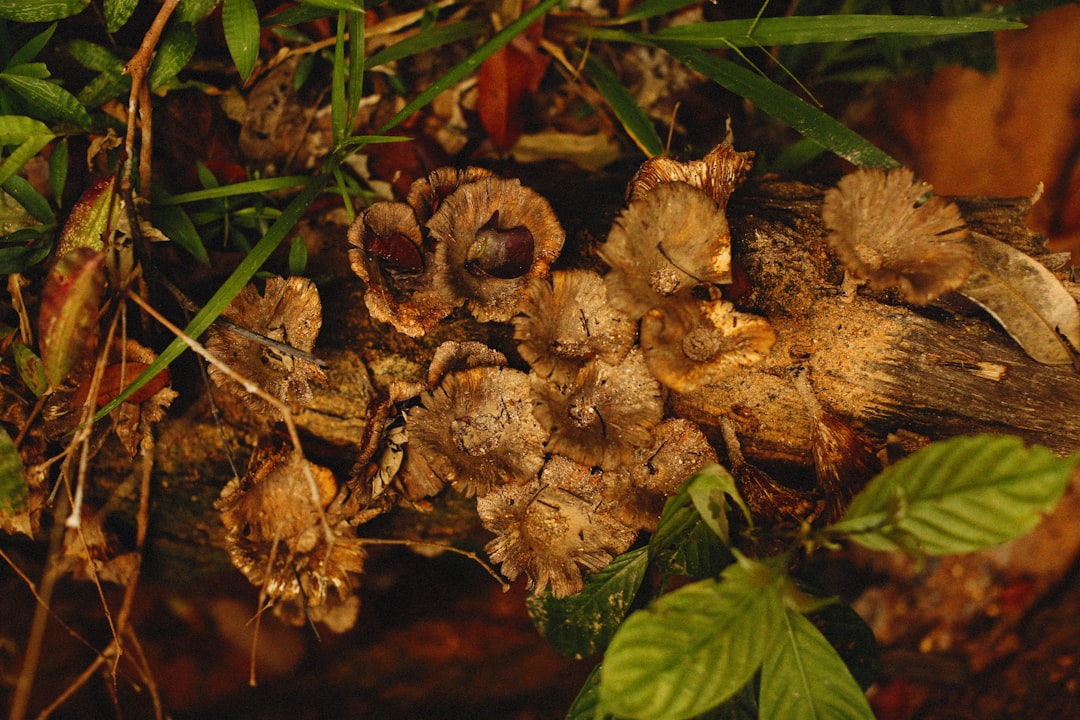
The belief that placing horse chestnuts (conkers) around your home will drive away spiders has persisted for generations, particularly in the United Kingdom. This natural “spider repellent” seems too good to be true – and unfortunately, it is.
Scientific studies have repeatedly failed to demonstrate any spider-repelling properties in conkers or chestnuts. Researchers have exposed spiders to various concentrations of compounds found in these nuts, with no measurable effect on spider behavior or movement patterns.
The persistence of this myth likely comes from confirmation bias – people place conkers around their homes and then notice fewer spiders, attributing the correlation to causation. In reality, seasonal changes, natural spider population fluctuations, or other environmental factors are much more likely explanations for any perceived reduction in spider activity.
Spiders Have Poor Eyesight

The assumption that web-building spiders must have terrible vision because they rely on vibrations through their webs has led to a widespread misconception about spider eyesight. While it’s true that some spiders have relatively poor vision, many species possess remarkably acute visual systems.
Jumping spiders are the undisputed champions of arachnid vision, with eyesight that rivals many vertebrates. They can see in color, detect movement from several feet away, and even engage in complex visual courtship displays. Their forward-facing eyes provide them with excellent depth perception for their precision hunting style.
Even some web-building spiders have better vision than commonly believed. They use their eyesight to detect potential threats, recognize mates, and navigate their environment when they need to move beyond their webs. While they may not rely on vision as their primary sense, they’re far from the nearly-blind creatures that many people imagine.
All Spider Bites Leave Two Puncture Marks
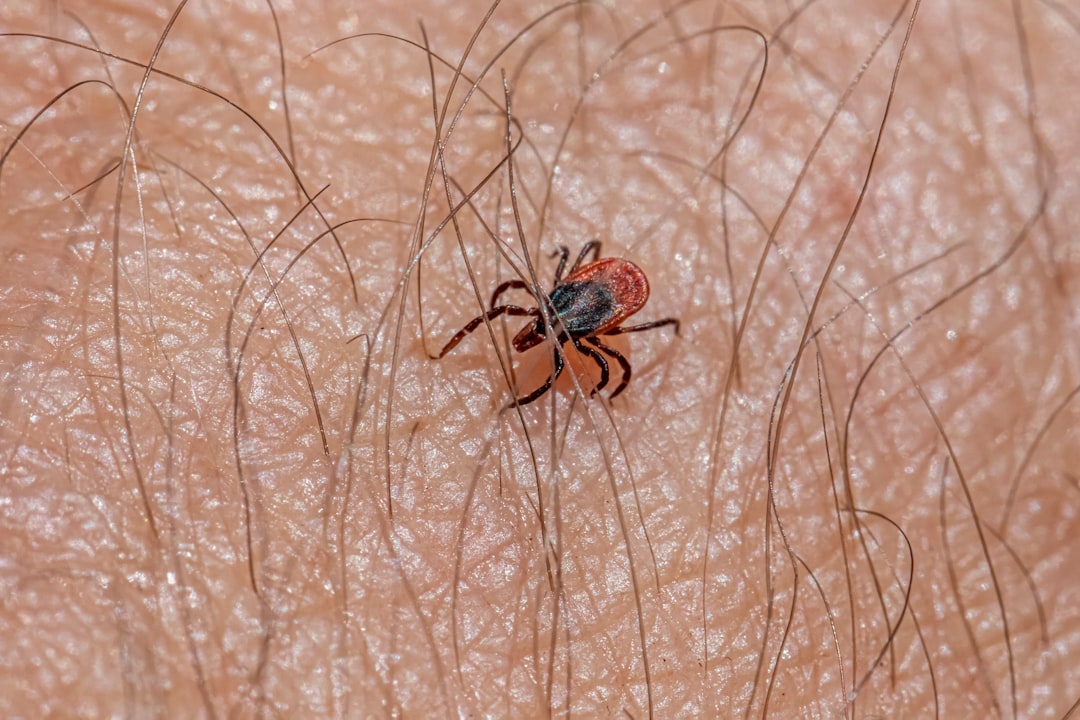
Popular media has ingrained the image of spider bites as distinctive double puncture wounds, creating an expectation that’s rarely met in reality. Most spider bites are so small and subtle that they’re virtually impossible to distinguish from other minor skin irritations.
The idea of prominent double puncture marks comes from misconceptions about fang size and bite mechanics. Most spider fangs are incredibly tiny – smaller than the tip of a sewing needle. When they do penetrate human skin, which is relatively rare, they usually leave marks too small to see with the naked eye.
Many suspected “spider bites” that show up in emergency rooms are actually caused by other arthropods, bacterial infections, or skin conditions that have nothing to do with spiders at all. Medical professionals often struggle to definitively identify spider bites without actually witnessing the spider in the act of biting.
Spiders Are Attracted to Dirty or Cluttered Spaces
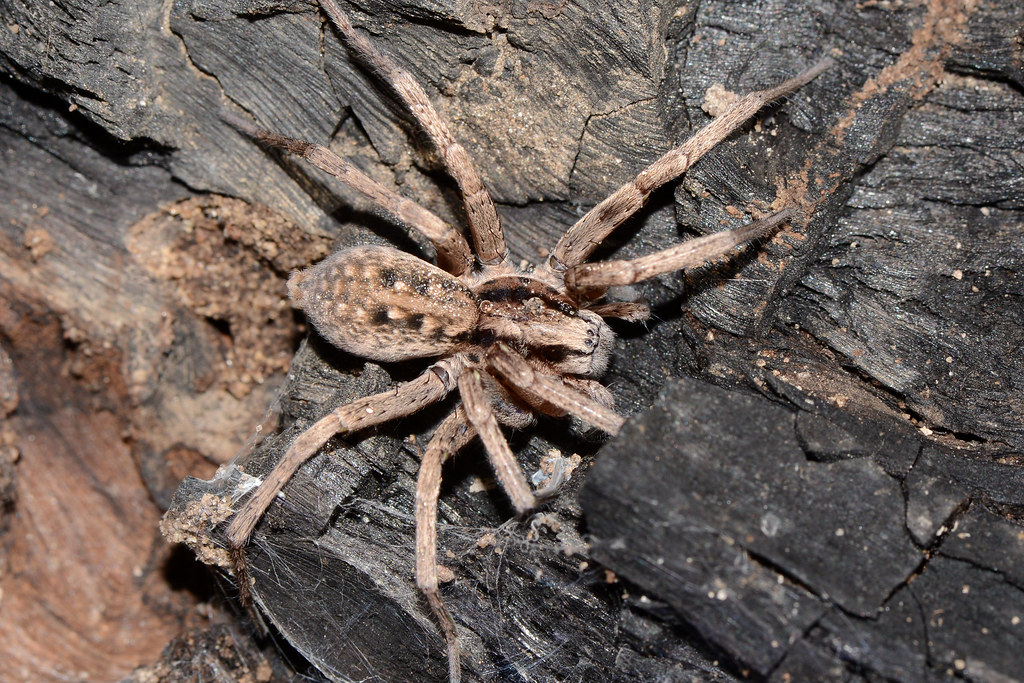
The stereotype of spiders lurking in dusty attics and messy basements has created the impression that these creatures are somehow drawn to filth and disorder. While clutter can provide more hiding spots for spiders, they’re not specifically attracted to dirty environments.
Spiders are primarily motivated by three things: food availability, suitable shelter, and mating opportunities. A cluttered space might harbor more insects for them to eat, and provide more nooks and crannies for web construction, but the mess itself isn’t the attraction. Clean, organized spaces can be just as appealing to spiders if they meet these basic needs.
In fact, some of the most common household spiders prefer clean, undisturbed areas where they can build their webs without interference. The corner where your ceiling meets the wall in a tidy room can be just as attractive to a house spider as any cobweb-filled basement corner.
Conclusion: Embracing Our Eight-Legged Neighbors
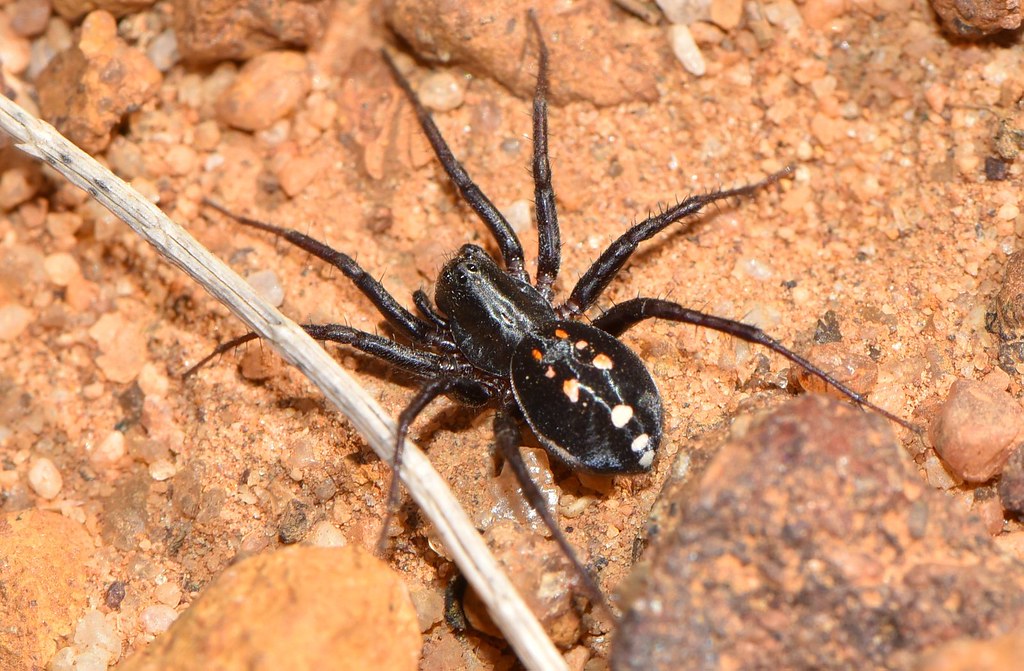
As we’ve unraveled these persistent myths, a clearer picture of spiders emerges – one that’s far less terrifying and far more fascinating than popular culture would have us believe. These remarkable creatures are not the villains of our nightmares, but essential members of our ecosystems who deserve our respect rather than our fear.
Every spider in your home is working tirelessly to control populations of flies, mosquitoes, and other insects that would otherwise make your life far less comfortable. They’re living pest control systems that ask for nothing in return except to be left alone to do their jobs. The next time you spot a spider in your bathroom or garden, perhaps you’ll see it not as an invader, but as a quiet guardian going about its ancient business.
Understanding the truth about spiders doesn’t just help us overcome unnecessary fears – it opens our eyes to the incredible diversity and complexity of the natural world that exists right alongside us. These creatures have been perfecting their survival strategies for over 400 million years, long before humans walked the Earth, and they’ll likely continue their silent work long after we’re gone. Isn’t it time we gave them the respect they’ve earned?
